
Dan Steinberg
Biography
Fredonia, N.Y. native, Dan Steinberg graduated from the University of Delaware with a degree in political science and was the first recipient (in 1998) of the school’s James R. Soles Fellowship at the Center for Public Integrity, a Washington, D.C.-based investigative non-profit. After working at C.P.I for a short period of time, Steinberg left to pursue a career in sports journalism. He got an interview at the Post, and in 2001 started working there part-time covering high school sports. Steinberg was eventually hired full-time and gradually worked his way up at The Post, initially covering the University of Maryland and college basketball.
In 2006, he was sent to cover the Winter Olympics in Turin, Italy, for WashingtonPost.com. His offbeat stories about the New Zealand curling team and Northern Italian cheeses were well received and became the foundation for launching the D.C. Sports Bog in 2006. In 2018, Steinberg chose to give up his column and join the editing staff of The Washington Post's sports section.
Interviewed by George Gerbo
My parents got two newspapers. Everyday, the first thing I’d do is read the Buffalo News when I woke up - the sports section, always. It seemed like it would be fun [to write]. I couldn’t ever think of anything else I wanted to do. I used to love reading sports sections also of our local paper, which was called the [Dunkirk, N.Y.] Evening Observer. I used to do fantasy basketball before it was all automated, and I would keep track of it myself. So, I would go to the library to get the late edition and the previous day’s box scores. I was always digging through newspaper sports sections when I was a kid.
I worked on my high school newspaper sports section and my college newspaper sports section, but I never really had a good reason, and I never really thought practically about what it would mean to be a sports journalist or whether I really wanted to be doing this when I’m 40. But it was always the only thing I could think of that I wanted to do.
As a kid, I would read John Feinstein’s books. I loved college basketball, and I loved the way he was getting inside access to coaches and other stuff. I loved reading his books.
I don’t know if he was the sports editor or a sports columnist for the Buffalo News, a guy named Larry Felser was just kind of like the wise voice, a veteran of Buffalo sports. I loved reading him back then. But I don’t know that I was that discerning. I never even got Sports Illustrated. I got Sporting News for a while; I got Sport Magazine, which was the cheapskate version of getting SI.
I loved Feinstein’s books. A guy named Jerry Sullivan, who’s now a senior columnist at the Buffalo News, I don’t know if he was a columnist then or the Bills beat writer, but I remember reading him. A guy named Vic Carucci, who worked for the News. He spoke to a high school journalism seminar I went to, and so I always thought it was cool that I’d met him. I was easily impressed. I didn’t read the great sports journalists of America. It was all more theoretical to me that I read the Buffalo News, and I liked it, and that’s what I thought I wanted to do. I wasn’t an expert in sports.
I went to the University of Delaware. I did a little freelancing for the sports section of the newspaper there, which was twice a week, and it was really easy to get in there because there wasn’t that much demand to work there. So, I just had freelanced a few pieces, but then I got to be one of the assistant sports editors for a semester. I didn’t really like doing that very much. Obviously, if you’re at the bottom, you’re writing about the men’s soccer team or women’s tennis team or whatever. But I did like some news editing there, and I was just spending all my time at the newspaper. And I felt like I was losing all the rest of my college experience, so I worked there for a year and a half, and then I was just like, “I’m done with it.”
Honestly, I wasn’t that into sports at the time. I didn’t know what I wanted to do, but I wasn’t thinking about sports journalism. Then, I got a job in D.C. at a place called the Center for Public Integrity, which does mostly investigative reporting. It was founded by a guy who went to Delaware. He wanted to start a program where one Delaware poli-sci graduate would go there every year and work for a year as a paid intern. I was the first one to do that from Delaware. I kind of wanted to leave, but then I got into a relationship, and so I was staying. And I got more into sports again. I don’t know why, but I loved The Washington Post, loved The Washington Post sports section. It was the highlight of my day at that non-profit, reading at the height of [Tony] Kornheiser and [Michael] Wilbon, before PTI. Their columns were great, and Boz [Thomas Boswell] was great. I would read it on the Metro, I would read it during my lunch break, and I thought it was just so big and so well written and so interesting and had so much humor. So, I was into it, totally into the sports section.
When I left the non-profit, I started working at Whole Foods. I did that for about a year. It was probably a few months into Whole Foods that I started applying for jobs. I saw an ad for a news aide job [at The Post], a full-time sports news aide, and I knew someone who had gone to high school with the person in charge of hiring for that. She put in a word for me, and I got an interview. I didn’t have any experience whatsoever, like real world experience in sports journalism. She hired someone else who she knew through other means, but she said they might have some part-time work for me. A couple months later, she said they’d have some part-time hours for me at the start of the high school football season, which back then was our prime stringing opportunity.
So, I came in, and I was working two shifts a week in the office two nights a week and getting more opportunities to do some freelancing. I wasn’t making very much money. I was doing that, and then it’s kind of a long story of gradually inching my way forward, and getting more opportunities to do longer pieces, getting some full-time hours to do editing shifts. I was essentially full time through a combination of writing and doing editing shifts, then became a full-time staff writer covering the University of Maryland, and then college basketball. I didn’t like it and still didn’t feel like I was an expert.
I wasn’t a great reporter, I wasn’t a great analyst of sports. I still didn’t know what else I wanted to do in life, but I didn’t like this, and I was totally looking for jobs and ready to move on. But they had gotten a credential for WashingtonPost.com to go to the 2006 Winter Olympics – this is when The Washington Post and WashingtonPost.com were still two separate entities. They kind of pulled a power play on the dot-com people and said that they were going to take it and give it to me to go, even though I worked for [the print side], but I was going to write for WashingtonPost.com. Obviously, it was ridiculous. This was 2006 - we still weren’t even working in concert.
So, I went, and I was supposed to blog there, and what I did was, in retrospect, really bad. I wasn’t trying to get viral stuff, I wasn’t writing anything buzzy. I was just writing about my own adventures in Turin. It got a good reaction from people who thought it was funny. It certainly didn’t get very much traffic. It was ridiculous, in retrospect, but I liked doing that, and I’ve liked writing in the first person. I like trying to be funny. And so, I said, “What if we try and do something like that about Washington sports?” even though it was still weird that a Washington Post person would be writing for WashingtonPost.com. We got approval to try that for a year, which we started in the fall of 2006. Right around then is when we started going, “This is not a passing fad.” So, they started blogs for all the teams – Wizards Insider, Capitals Insider, Redskins Insider, and Nationals Journal – all around the same time. This isn’t taking credit for anything, but I think I was there at the very beginning of sports blogging. I was just kind of there, randomly at the beginning. It was different than other stuff that The Washington Post had done, so I think it felt fresh in a way then. What we do now is so much more sophisticated and so much more about getting a massive web audience. Eventually, a couple of years ago they changed my job to columnist, even though I’m still writing for the website for the blog primarily. Now, sometimes I have to think what would make sense for the newspaper. It’s a little bit of a different calculus.
My blog before I became a columnist was probably more first-person-y just because I enjoy doing it that way. I think that it might feel more natural or more appropriate doing that online, and somehow in a newspaper people still aren’t expecting it. If it’s not what you’re expecting, then it looks silly. When I was writing online only, I never thought about length, I could write as long as I wanted to. But for newspaper you’re doing the same sized thing every day.
A lot of stuff that we were all playing around with back then has become kind of standard. Turning radio interviews into news stories, and understanding that something visual with two sentences of text works as well or better online as 10,000 words. I think that started mostly with Clinton Portis when he was early in his Redskins days. He used to do a show for 980 [AM], and he was regularly saying provocative things. I remember running to computers so I could get the broadcast up and holding up a tape recorder to my computer to tape it off of the computer, because it was before people regularly were putting up podcasts. It was something that did really well, and it wasn’t just Portis.
It felt to me that athletes were sometimes less guarded in radio interviews because it just feels like a medium where you can say whatever you want to say and no one is keeping track. We all helped to ruin that in a way. I could go to Redskins practice. I’d have to drive there; it would take me 45 minutes. I have to wait around until they were done, go to the locker room, wait for Portis to come out, and then be in a gaggle of 15 people around him trying to hear and not being able to hear that well. And then I’d have to drive home. It’s like four hours for six bad minutes, whereas I can sit at home, listen to him on the radio, he’s going to do 15 great minutes, and I would be right in front of my computer, and I can turn it immediately into content. It just felt like it made sense both logistically and the fact that more interesting stuff is happening there. I think it’s just knowing what would be a good headline and what would be something that would grab people.
I think if there were a career highlight of mine, it would have to be the 2009 Redskins season when they were really bad with Jim Zorn. Vinny Cerrato was still the GM, and the fans were really, really frustrated. They started bringing signs to FedEx Field to protest, then the team announced that you weren’t allowed to bring signs anymore. The only good idea I’ve had in my entire career was going around the entire stadium that night and pulling out all of the trashed signs out of the garbage cans and taking pictures of them. It was like a Monday night game, and people brought extra signs not knowing the rules. I think it was the next week when I went to a road game in Atlanta and a lot of Redskins fans went and brought signs to protest there and there were a lot of signs of dissent. I spent a month chronicling them, and eventually, they got rid of the sign ban and said you were allowed to bring signs again. It just felt like I was in tune with the fan base on that one, being like the mouthpiece for the fan base on dissatisfaction, and it felt like I was ahead of the story on that one. So, to me, that was the most gratifying thing I’ve done. That, to me, was right around the time when I felt like the blog was transitioning from something that had a small niche audience of people my age who kind of thought it was funny to an actual D.C. sports audience.
Most of the things that I have the fondest memories of are from years ago (which is probably a bad sign for whatever I’m doing lately). Covering Gilbert [Arenas] was great, because he was hilarious, and you never knew what he was going to say. People talk about him as the first Internet athlete because he blogged everything before Twitter. He was paying attention to what was going on in the world and what people were saying about him. In retrospect, it was less fun a little bit because I think he’s become an unlikable character. At the time, it felt really fun, and again, it felt like something fresh that was here in D.C. happening. The most interesting online athlete was here, and I was around him all the time.
To me, the biggest challenge for us is getting a dedicated audience for the things that are must-read in some ways, which involves having better information than other people, or presenting it in a more entertaining way, or a more timely way, or a more appealing way. I used to be able to present D.C. sports in a more entertaining way or a more quickly updated way than almost anyone else at the time. I think now there are a million sites doing the same thing, but Twitter has overtaken it all. You know everything instantly at the moment something happens on Twitter from all the beat reporters and everyone else around. Timeliness is not something I even worry about anymore. I think it’s harder than it was 10 years ago to stand out. The whole thing is very democratic now. If you’re good, or if you’re compelling, people I think will find you and gravitate to you. But there’s no necessarily built-in advantage to being a Washington Post columnist anymore.
I’ve been talking to college classes for a long time, as long as I’ve been doing this, and what I would always say among other things is I always still think it matters if you can write well. I always still say you have to read as much as you can and you have to worry about the quality of your writing and the quality of your presentation. The presentation matters as much as the material.
My funny advice is don’t – just don’t do this. Sports is a great hobby; it’s something that people can enjoy in their free time. Just get a job that will pay your bills and allow you to do the hobbies that you want to do. I worry like crazy about the future. What is my future going to be in 10 years? To whatever extent my voice had an impact, it was sort of as a younger, outsider type. What is 50-year-old Dan Steinberg going to be able to offer? In terms of producing work that you can be proud of, I still think that’s important.
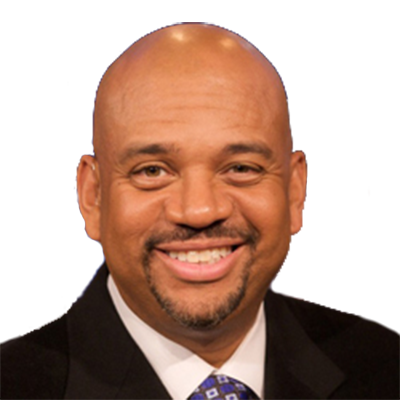 Michael Wilbon
Michael Wilbon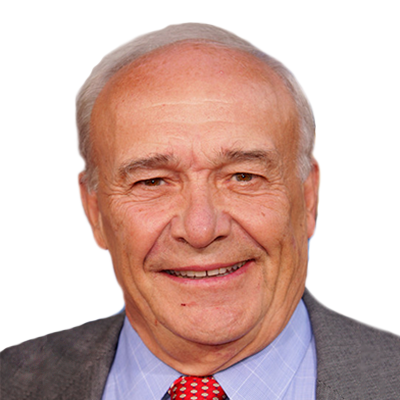 Bill Nack
Bill Nack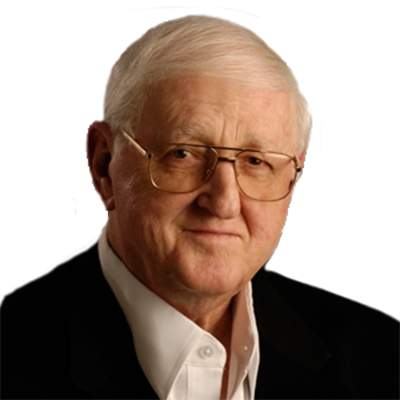 Dan Jenkins
Dan Jenkins Sally Jenkins
Sally Jenkins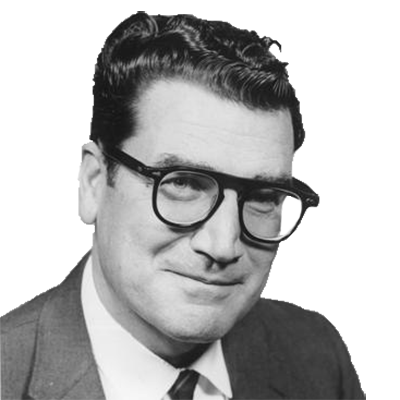 Jim Murray
Jim Murray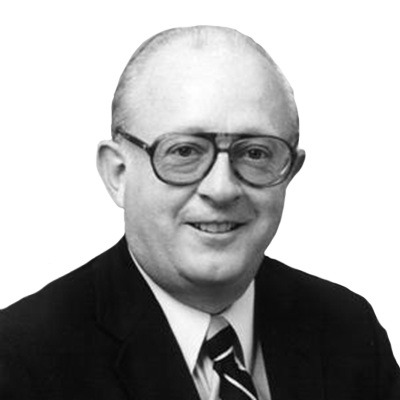 Dave Anderson
Dave Anderson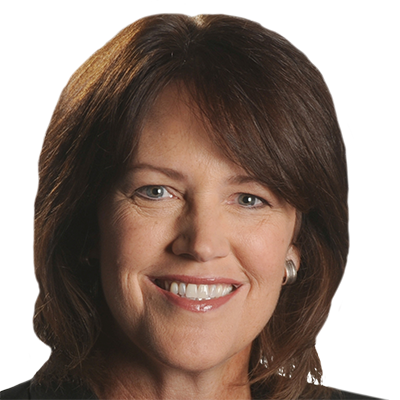 Christine Brennan
Christine Brennan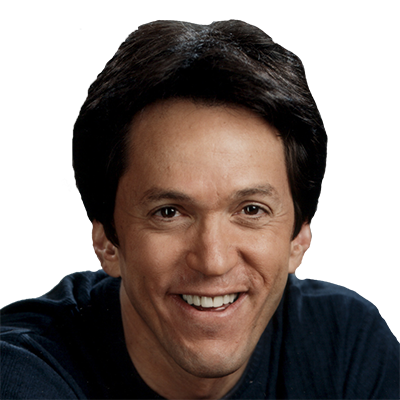 Mitch Albom
Mitch Albom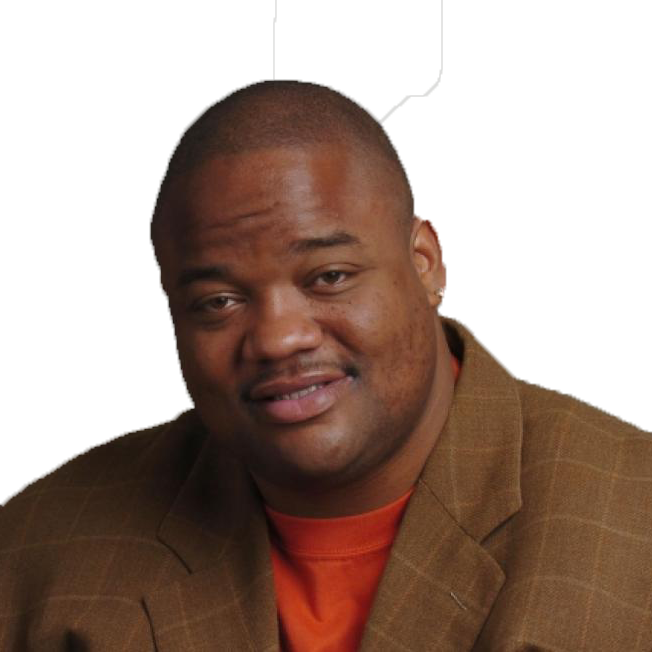 Jason Whitlock
Jason Whitlock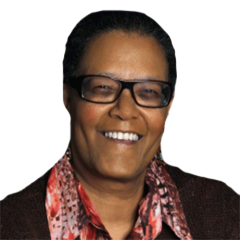 Claire Smith
Claire Smith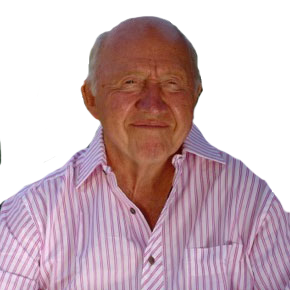 Bud Collins
Bud Collins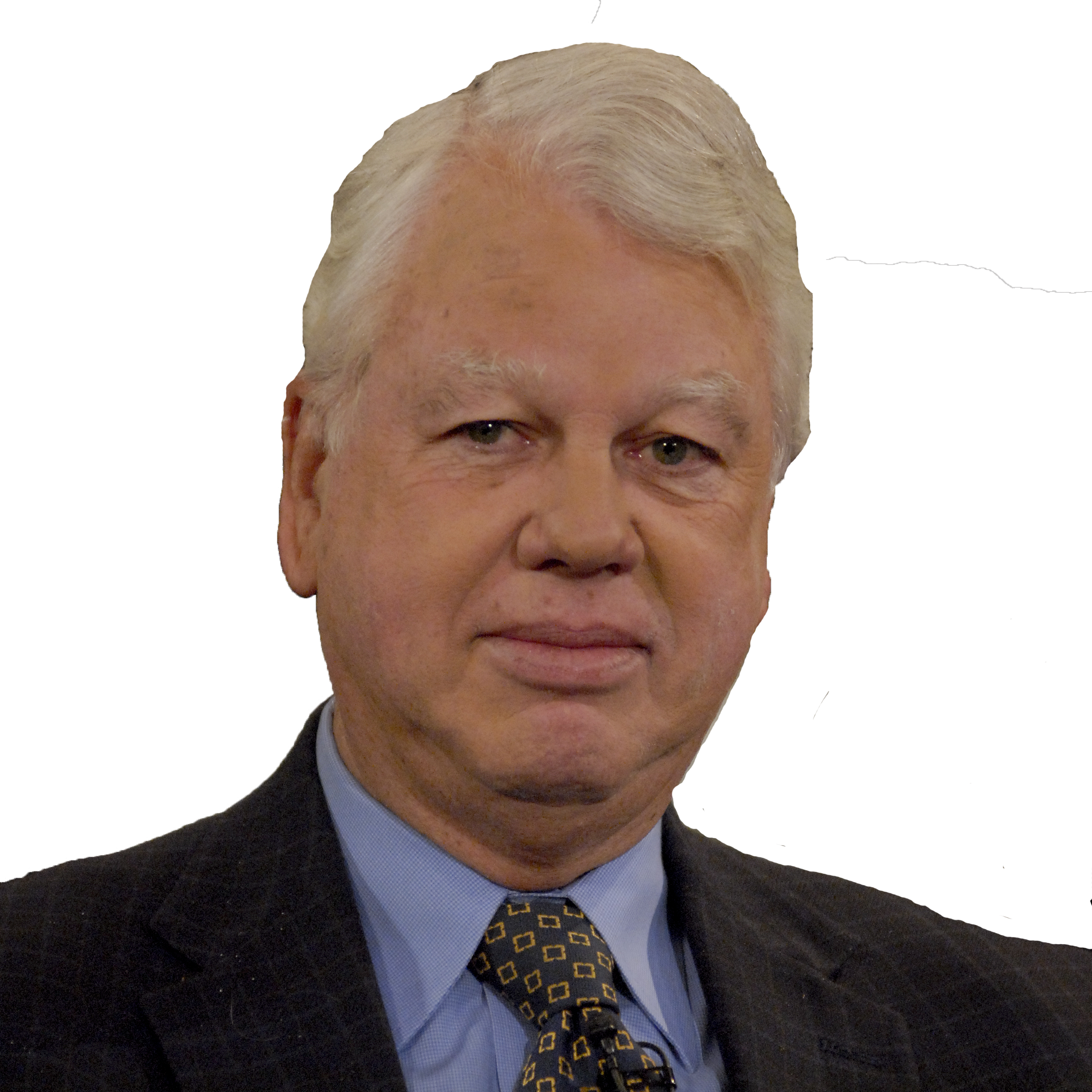 Bob Ryan
Bob Ryan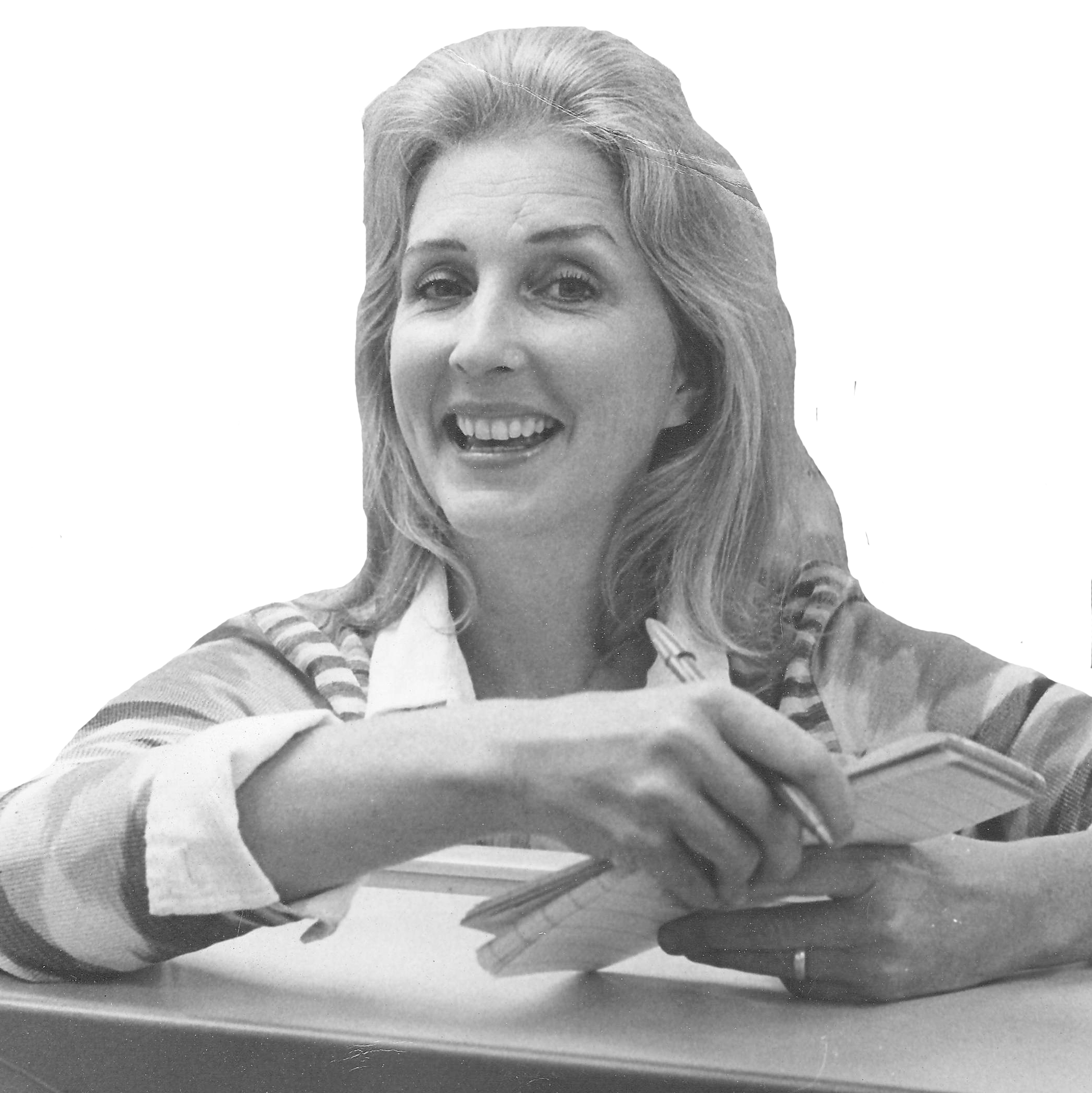 Joan Ryan
Joan Ryan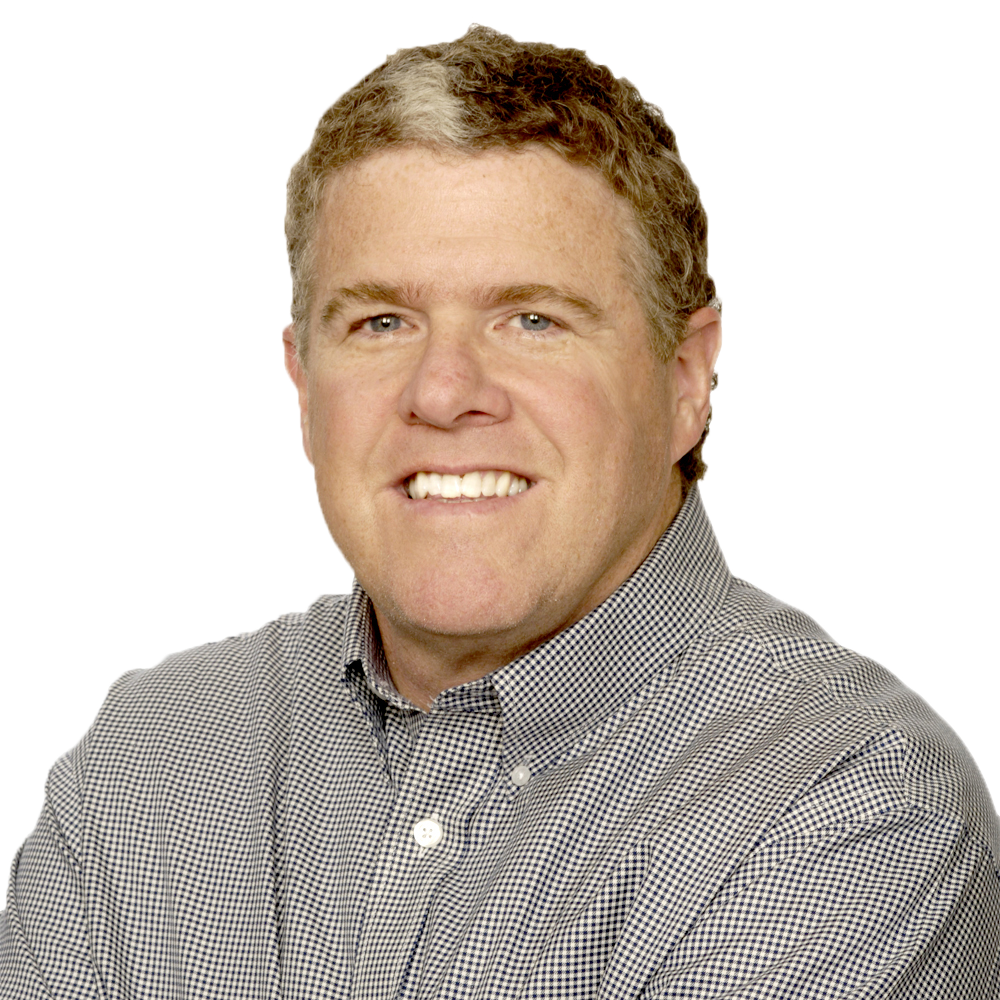 Peter King
Peter King Wright Thompson
Wright Thompson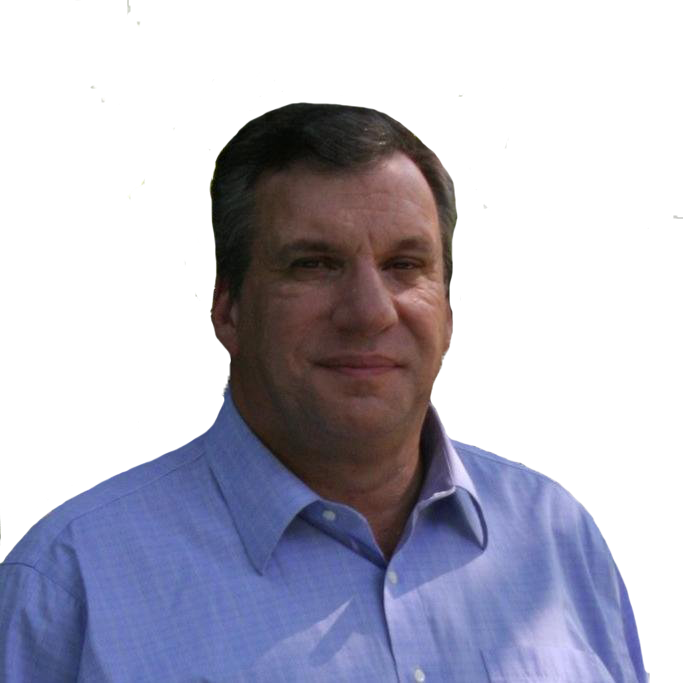 John Feinstein
John Feinstein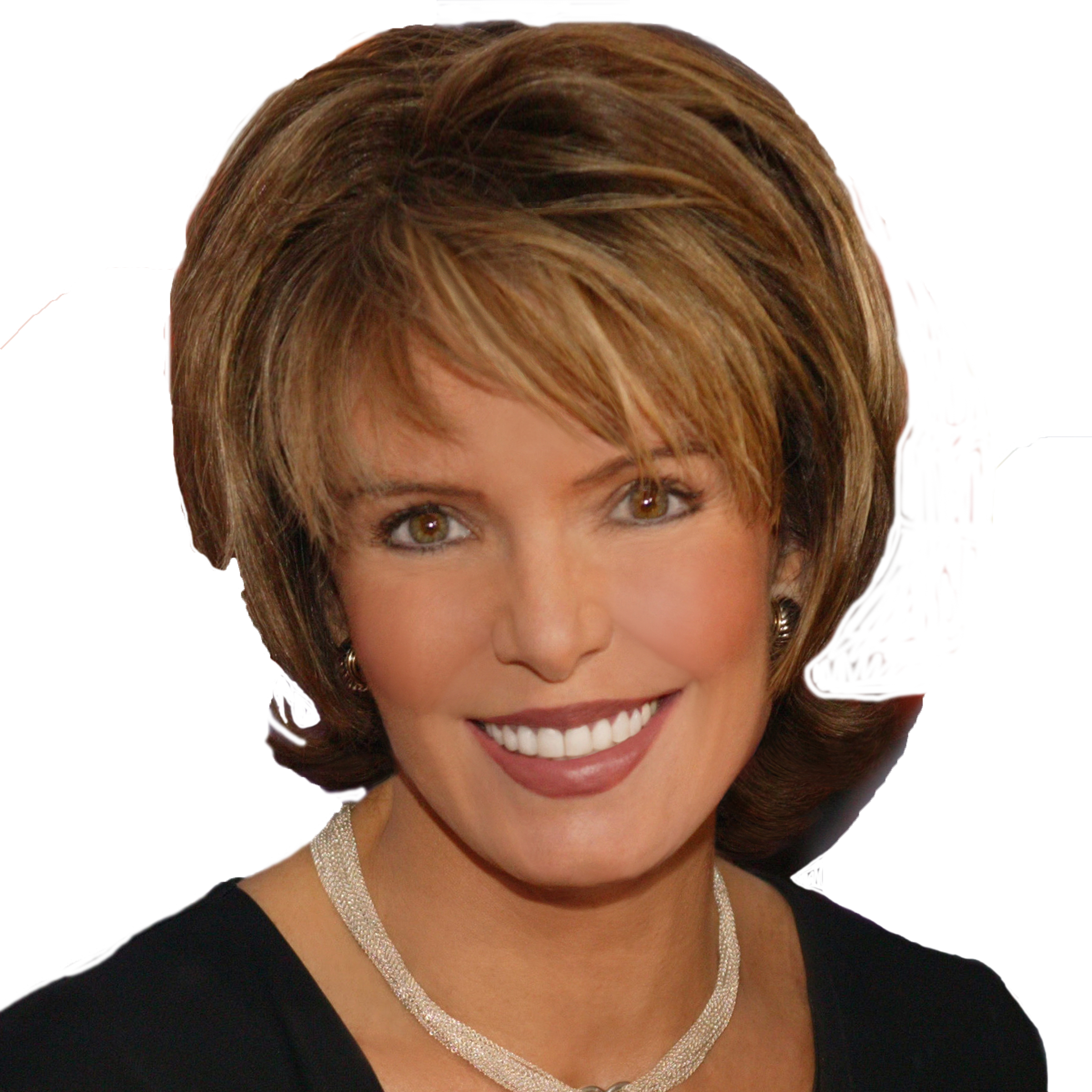 Lesley Visser
Lesley Visser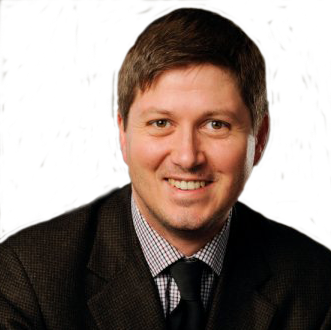 Will Leitch
Will Leitch Tim Kurkjian
Tim Kurkjian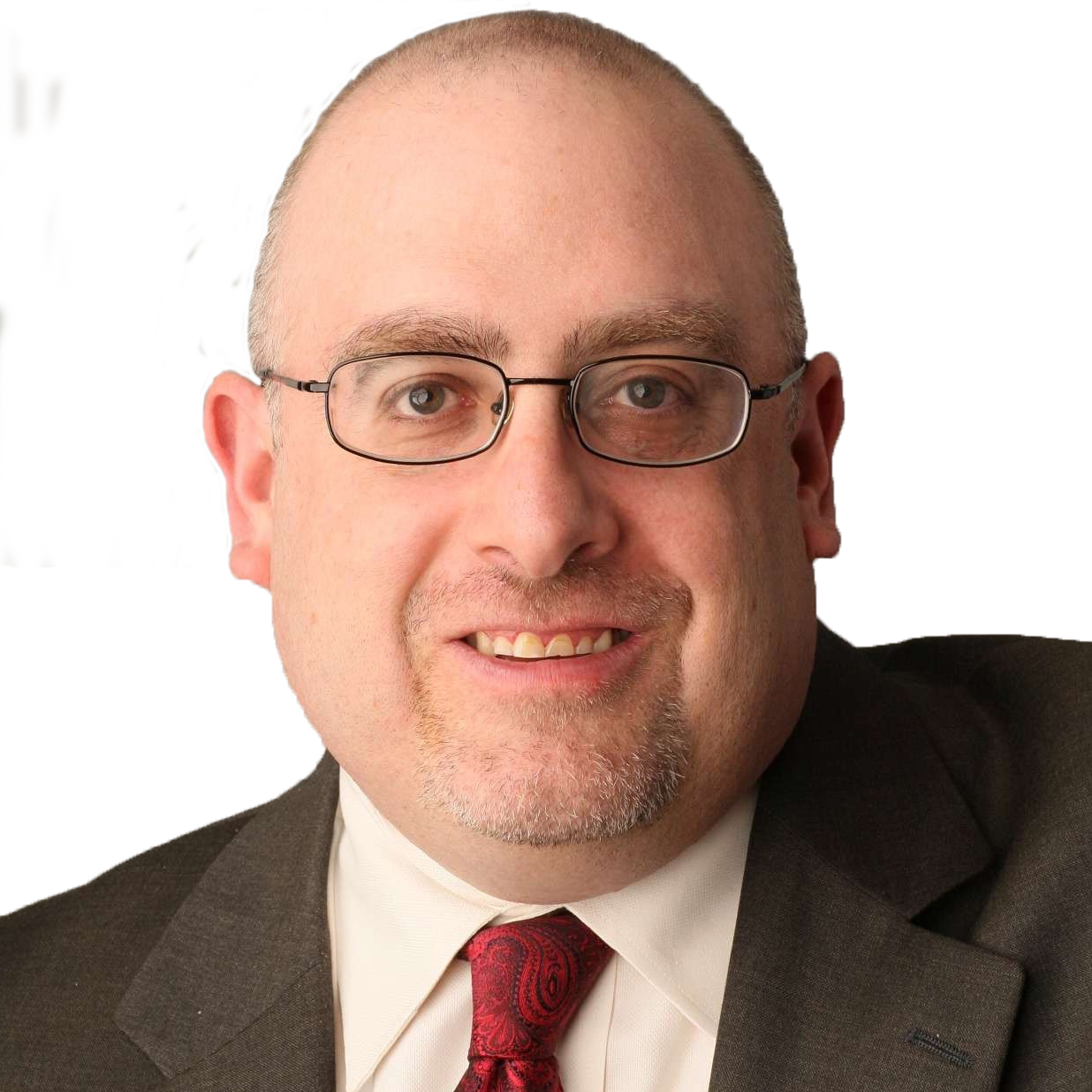 Joe Posnanski
Joe Posnanski
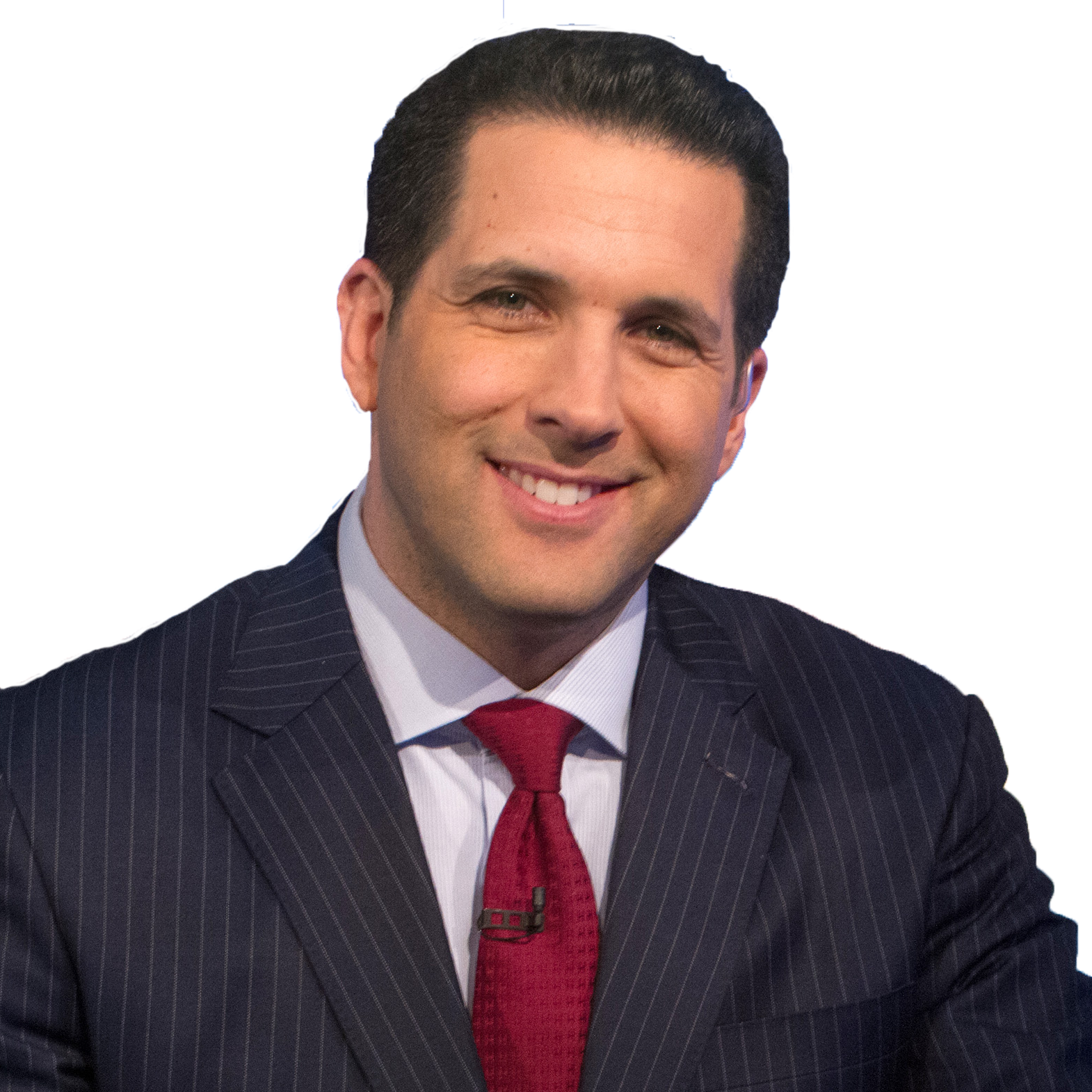 Adam Schefter
Adam Schefter
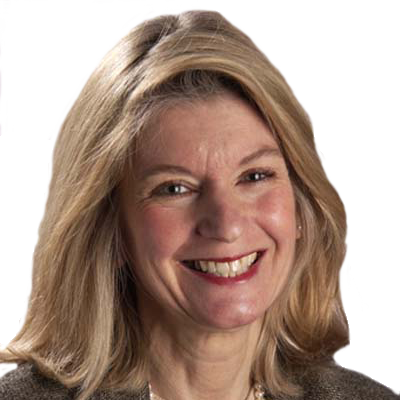 Terry Taylor
Terry Taylor
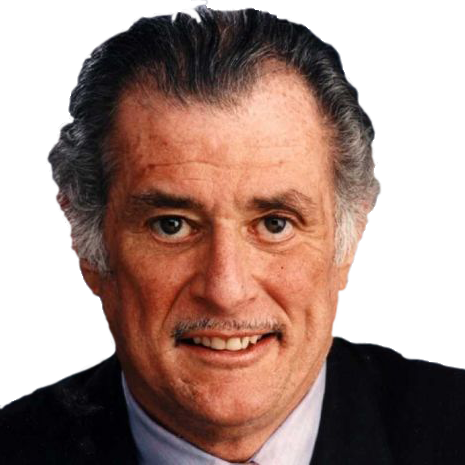 Frank Deford
Frank Deford
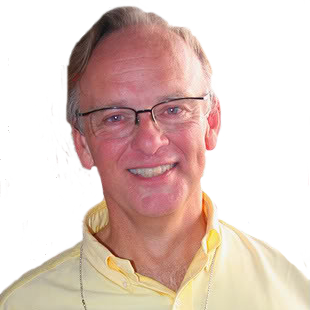 Tom Boswell
Tom Boswell
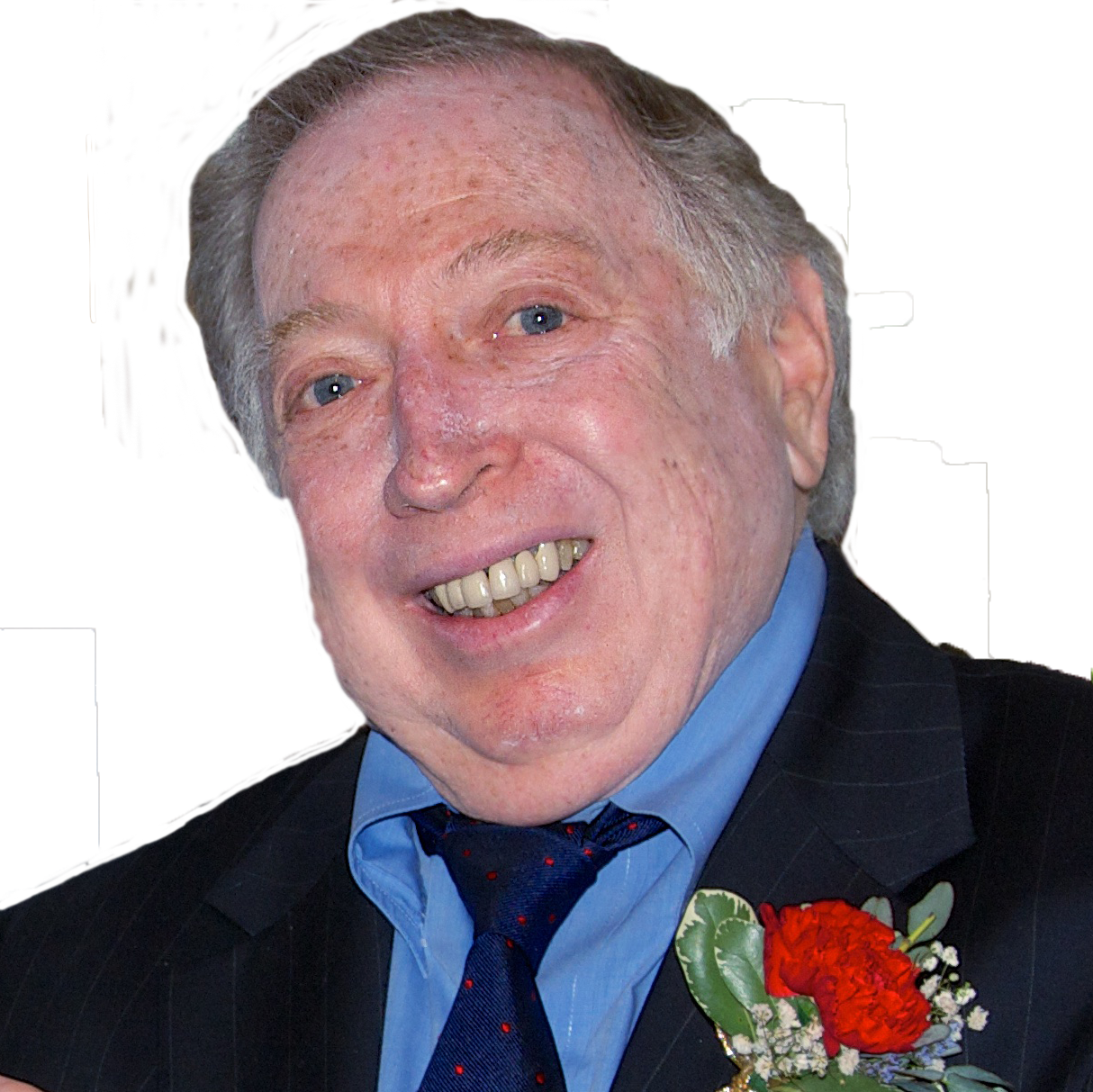 Neil Leifer
Neil Leifer
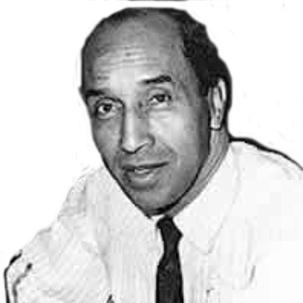 Sam Lacy
Sam Lacy
 Jane Leavy
Jane Leavy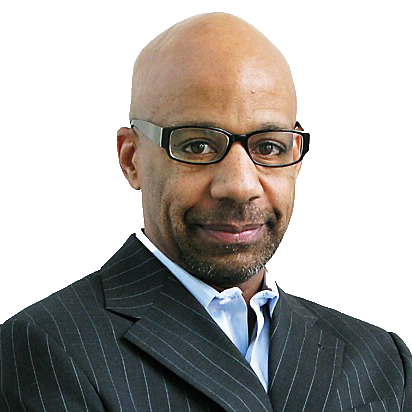 Kevin Blackistone
Kevin Blackistone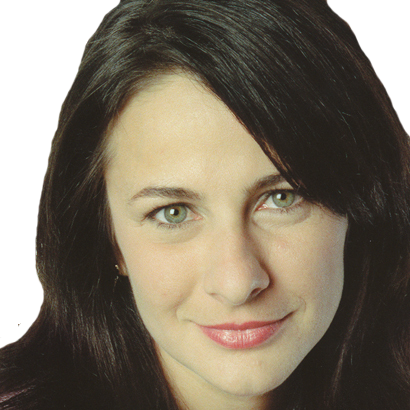 Juliet Macur
Juliet Macur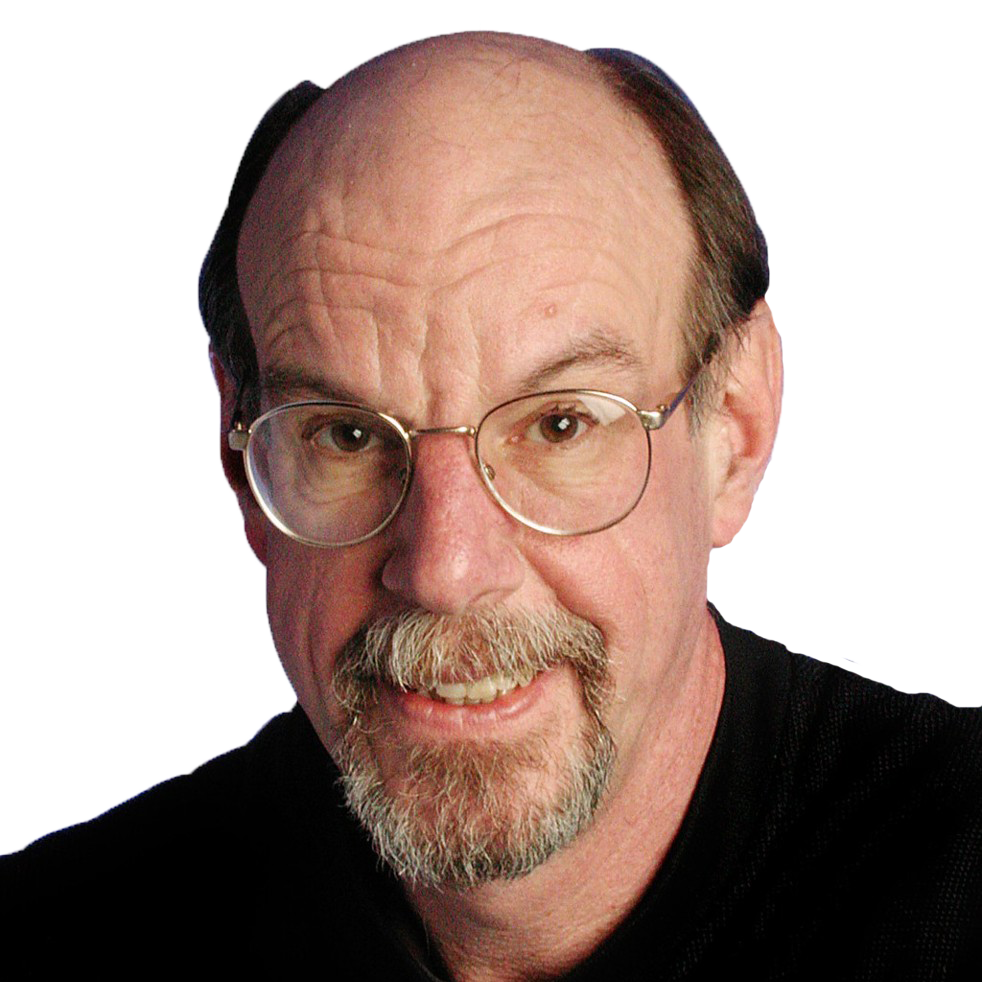 Andrew Beyer
Andrew Beyer Tom Verducci
Tom Verducci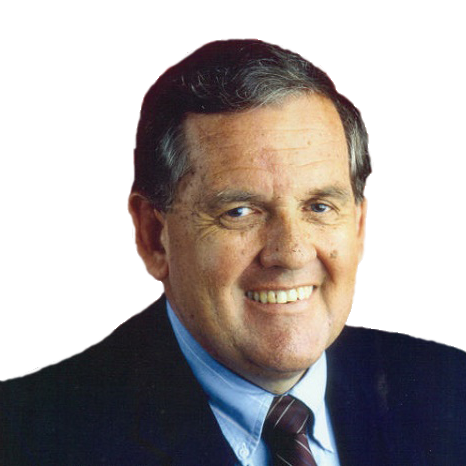 Hubert Mizell
Hubert Mizell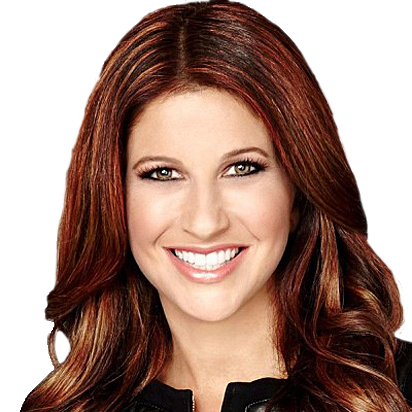 Rachel Nichols
Rachel Nichols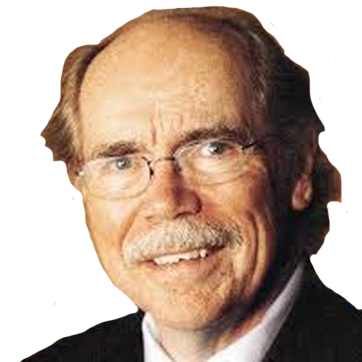 Dave Kindred
Dave Kindred Mike Lupica
Mike Lupica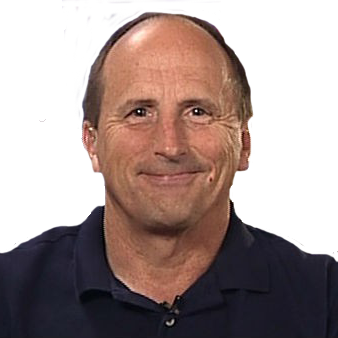 Richard Justice
Richard Justice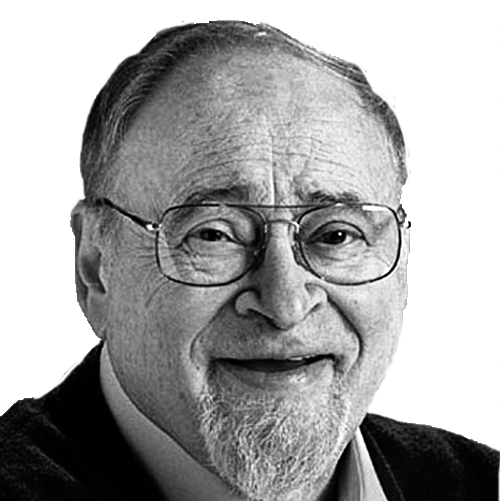 Jerry Izenberg
Jerry Izenberg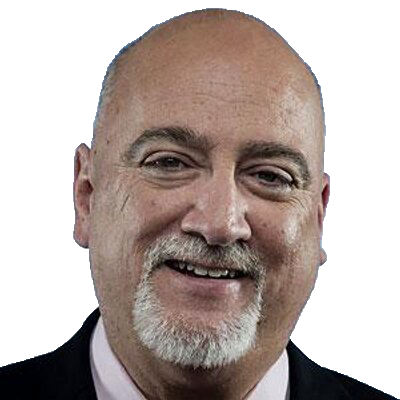 Bill Plaschke
Bill Plaschke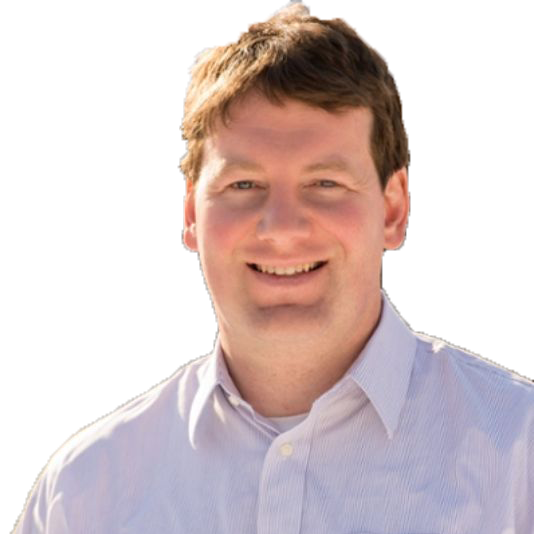 Kevin Van Valkenburg
Kevin Van Valkenburg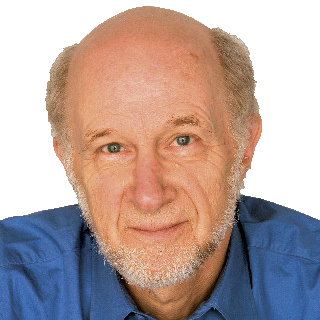 George Vecsey
George Vecsey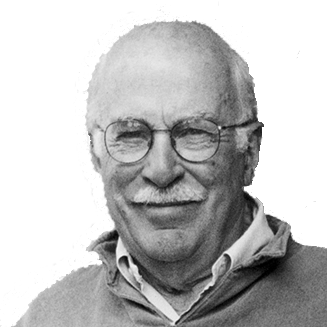 Roger Angell
Roger Angell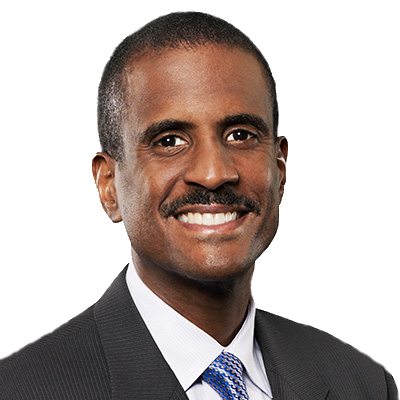 David Aldridge
David Aldridge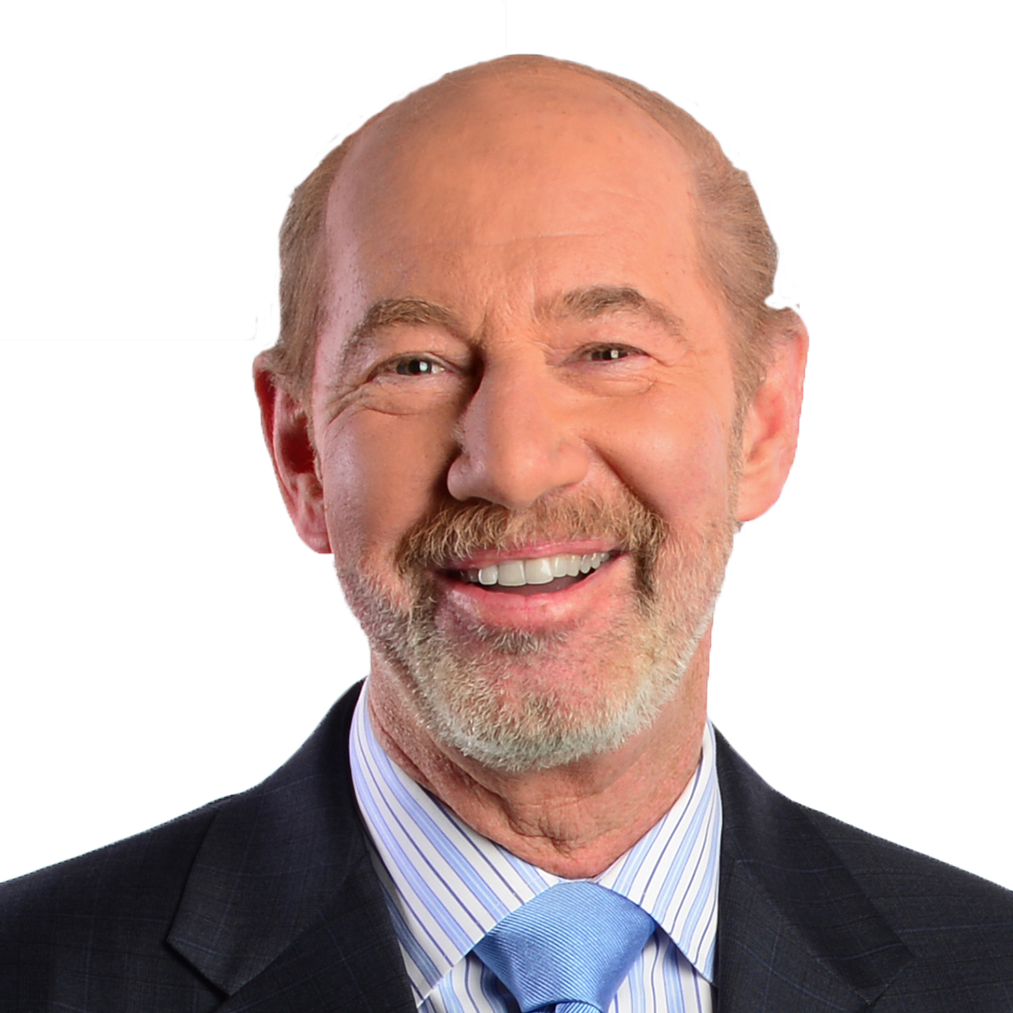 Tony Kornheiser
Tony Kornheiser Jackie MacMullan
Jackie MacMullan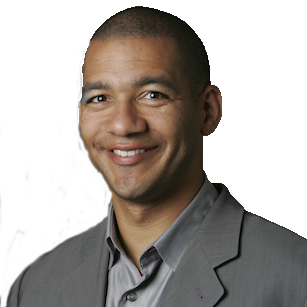 J.A. Adande
J.A. Adande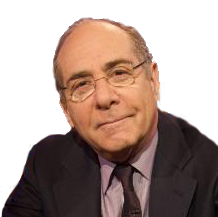 Robert Lipsyte
Robert Lipsyte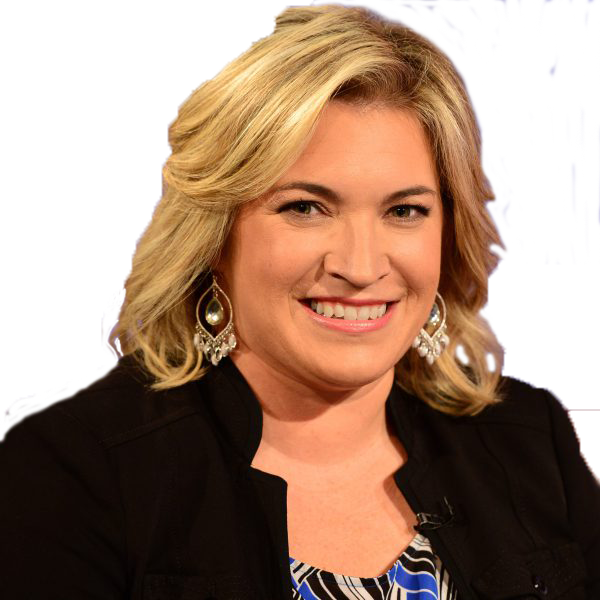 Ramona Shelburne
Ramona Shelburne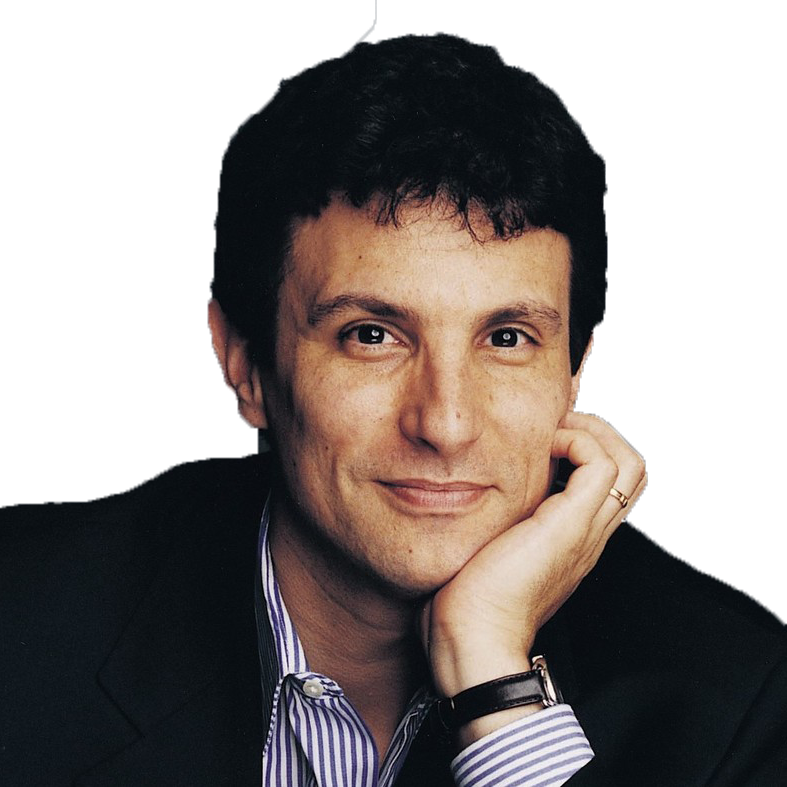 David Remnick
David Remnick Bryan Curtis
Bryan Curtis Chuck Culpepper
Chuck Culpepper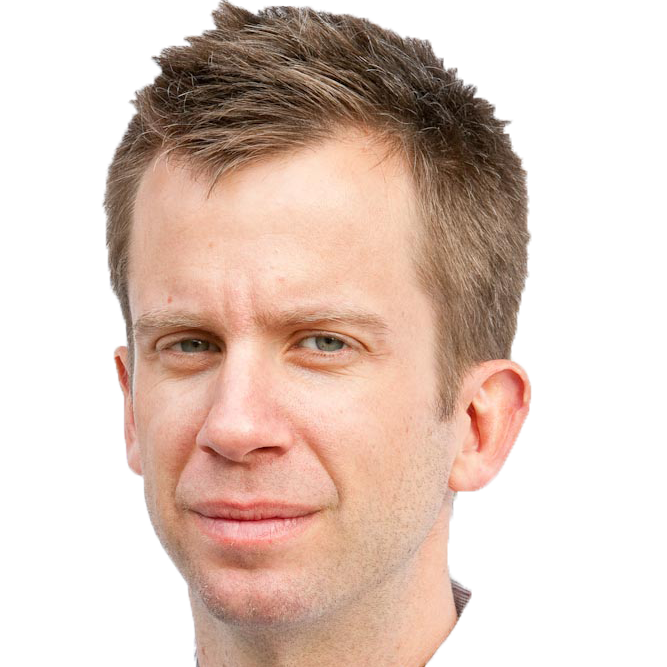 Jason Gay
Jason Gay Heidi Blake
Heidi Blake Dan Steinberg
Dan Steinberg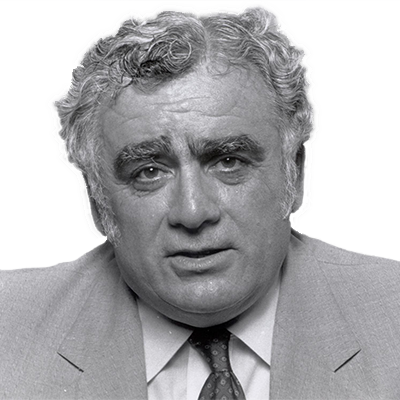 Jerome Holtzman
Jerome Holtzman Barry Svrluga
Barry Svrluga
